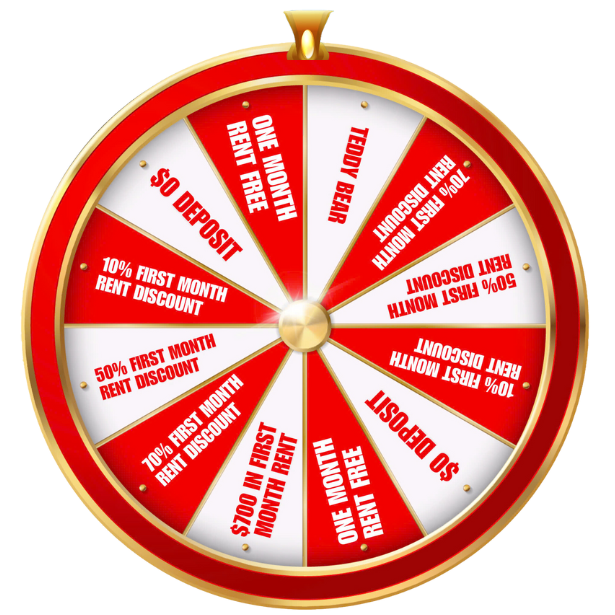Whether you’re in the market to buy, sell, or invest, having a solid understanding of how to do a real estate market analysis is essential. In this guide, we’ll walk you through practical steps and tips to help you navigate the real estate market effectively. From figuring out your target market to setting a reasonable price range, each step is crucial for making smart decisions in the ever-changing and competitive world of real estate.
What is a real estate market analysis?
Analyzing the real estate market, also known as comparative market analysis (CMA), is an important step in making wise investment decisions in real estate. his process involves looking at and predicting real estate markets using different methods.
To do it right, you need accurate and current data on specific locations, local factors, and the existing and upcoming competition.

CMA focuses on comparing current property values with the property you’re interested in. Both buyers and sellers need to understand what’s happening in the market and the value of a property. Real estate agents play a key role by creating reports to help sellers set reasonable prices and sometimes assist buyers in making competitive offers.
This analysis info is essential for sellers to pick a good listing price and for buyers to judge if the asking price makes sense in the ever-changing real estate scene.
How to do a real estate market analysis?
When you’re exploring the real estate market, it’s crucial to concentrate on the prices at which properties have recently sold, rather than solely relying on the listing prices. The listing price is what the seller hopes to get, but the final sales price is what they end up with.
Real estate investors use similar steps as professional appraisers when analyzing the market. The aim is to make sure there’s not much difference between your estimated property value and the appraisal price. A well-done market analysis should match up closely with what your property is worth. By paying attention to recent sales and understanding the difference between the initial asking price and the final sale price, investors can make smarter decisions and get a more accurate picture of the real estate market.
Research neighborhood quality and amenities
When you’re diving into real estate market analysis, a crucial step is to use real estate market analysis tools for smarter property choices. Check out county assessor websites and take a virtual stroll using Google Maps Street View to get a feel for the neighborhood. Consider factors like how close the property is to less desirable things like dumps or highways, as these can impact the property’s value.
Look into neighborhood perks, such as proximity to public transportation, shopping areas, schools, parks, and beaches. Another helpful move is to use real estate analysis software to estimate potential Return on Investment (ROI) metrics for a specific single-family home.
These simple steps can give you useful insights to make informed decisions in the ever-changing real estate market.
Acquire estimates of the value of properties in a specific area
An important step in figuring out real estate market analysis is getting reliable estimates of property values in a specific area. A practical way to do this is by using the average sale price per square foot as a measure to estimate property values in your chosen location.
To do this, check out local real estate agents, property management companies, online property listings, and the county assessor’s website.

These sources can give you a good sense of the average property value in the area. But keep in mind that these averages may not cover all the unique aspects of a house or neighborhood that could impact your property’s value. So, while these estimates can be helpful, it’s crucial to do a thorough analysis, taking into account specific features and details to make well-informed decisions in the competitive real estate market.
Choose comparable properties for your real estate market analysis
To start, choose six properties that are similar to the one you’re looking at. First, pick three homes in the same neighborhood that have been sold in the last few months. This gives you an idea of recent market trends. Then, select three homes that are currently on the market to understand the current competition and pricing.

By looking at both sold and active listings, you get a full picture of the market. This approach helps lay the groundwork for a thorough market analysis, considering both past and present factors that affect property values in your chosen area.
Find the average price of similar listings
An important step in analyzing the real estate market is figuring out the average price of similar listings. Take all the information you’ve gathered and organize it into a spreadsheet that includes details about all seven properties: your potential property, the three recently sold homes, and the three homes currently up for sale.
This spreadsheet helps you see the pricing picture more clearly, allowing you to calculate the average price for properties similar to the one you’re looking at. By doing this, you get a better understanding of the current market rates, which helps in making informed decisions about the potential value of the property you’re assessing.
Refine your market analysis by making adjustments to your comparables
An important part of how to do a real estate market analysis is fine-tuning your assessment by making adjustments to the properties you’re comparing. Keep in mind that properties in a real estate analysis may need some tweaks to ensure fair and accurate comparisons.

These adjustments involve factors that either increase or decrease the value of your property compared to others. Using a spreadsheet format makes it easier to see how specific features and amenities affect sales or listing prices, including the price per square foot.
For example, things like having a swimming pool or a newer roof could raise the property value, while having fewer bedrooms or outdated equipment might lower it. After making these adjustments to the comparable properties, recalculate the price per square foot to get a more accurate fair market value for your property. This careful adjustment process helps ensure a more precise and reliable assessment of your real estate market analysis.
Tips for carrying out a successful real estate market survey
When conducting an effective market analysis of real estate, it’s crucial to follow some key tips to ensure comprehensive insights.
Identify your target market
- Clearly define the group of people you’re aiming to understand in the real estate market.
- Break down the areas within that group to focus your research.
Check out the property features
- Take a close look at the property, considering things like the location, neighborhood, size, when it was built, and what amenities it has.
- Pay attention to features that could significantly affect how much the property is worth.
Look at the original online listing
- Examine the property’s original listing online to see how it looked at first and if there have been any changes.
- Pay attention to any renovations or improvements that might impact its value.

Estimate how much it’s worth
- Use online resources to make an educated guess about how much the property is worth.
- Be careful because online data might not include recent changes to the property.
Compare It to similar properties
- Compare the property to others in the area that are similar in size, price, and features.
- Consider anything unique about the property that could make it different from others.
Decide on a price range
- Based on your research, set a reasonable range for how much the property could be worth.
- Think about what’s happening in the market, what similar properties are selling for, and any special things about the property.
By following these simple steps, you’ll be well-prepared to conduct a detailed and effective real estate market survey, helping you make smart decisions in the ever-changing real estate world.
Final thoughts
To sum it up, mastering real estate market analysis gives you the confidence to navigate the property scene with clarity. By defining your target market, checking out property features, and using online resources, you set yourself up for well-informed decisions. Don’t forget to compare similar properties, make adjustments, and come up with a realistic price range. This approach not only boosts your understanding of the market but also positions you to seize opportunities and negotiate wisely. With these insights, you’re better equipped to tackle the ins and outs of real estate, turning market analysis into a valuable tool on your journey in this ever-changing landscape.











